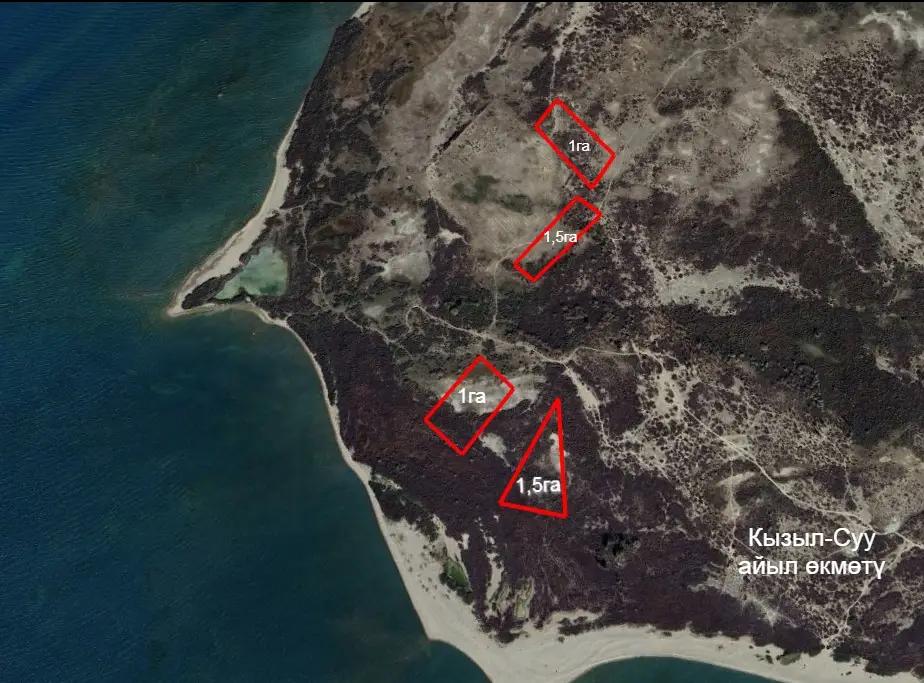
Published
09/16/2025, 11:51Kyrgyzstan is taking steps to protect farmers from climate risks with the development of a draft law on state-supported insurance in agriculture.
The document provides for the launch of a comprehensive agricultural insurance programme, under which the state will subsidise part of the insurance premiums. This will make insurance more affordable for farmers and agricultural enterprises, reduce the burden on the budget in years of natural disasters, and attract private capital, including international capital, to cover losses.
Today, the agricultural insurance system in Kyrgyzstan is virtually non-existent, although the law ‘On the Specifics of Insurance in Crop Production’ was adopted back in 2009. It never came into effect: no insurance fund was created, no compensation mechanisms or clear payment system were developed. As a result, farmers were left to face the risks of frost, drought, floods, hail and crop losses on their own.
According to a regulatory impact analysis, in 2020-2023 alone, farmers suffered losses amounting to 595.26 million soms:
This was compounded by local disasters. In June 2023, heavy hailstorms swept through the Zhiyil, Panfilov, Moskovsky and Sokuluk districts of the Chui region. Almost 1,900 hectares of crops were affected, with damage estimated at 38.3 million soms.
However, despite the fact that the agricultural sector remains one of the country's key industries, accounting for about 10% of the economy (8% or more than 84 billion soms in January-August 2025), Kyrgyzstan remains the only country in the EAEU where the agricultural insurance system has not yet been implemented.
For comparison:
Agricultural insurance is also the norm for EU countries. For example, insurance coverage reaches 100% in Cyprus, 78% in Austria, 43% in Germany and 26% in Spain.
Thus, while neighbouring countries and European states are creating mechanisms to protect farmers from weather risks and reducing the burden on farmers through budget subsidies, in Kyrgyzstan, farmers continue to be left alone to face the elements.
The new bill should change this. In addition, if it is adopted, the country will introduce the concept of index insurance, whereby payments are made not on the basis of actual damage, but when weather or crop indices deviate from the norm. This will allow for faster compensation for losses and reduce bureaucracy.
In the future, agricultural insurance will cover not only crop production, but also livestock and aquaculture. According to the developers, this approach will bring Kyrgyzstan closer to EAEU standards and increase the sustainability of the agricultural sector, on which the country's food security and the well-being of 65% of the population living in rural areas depend.



